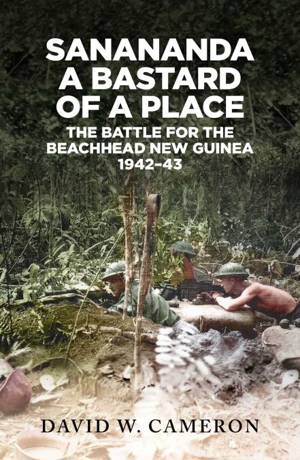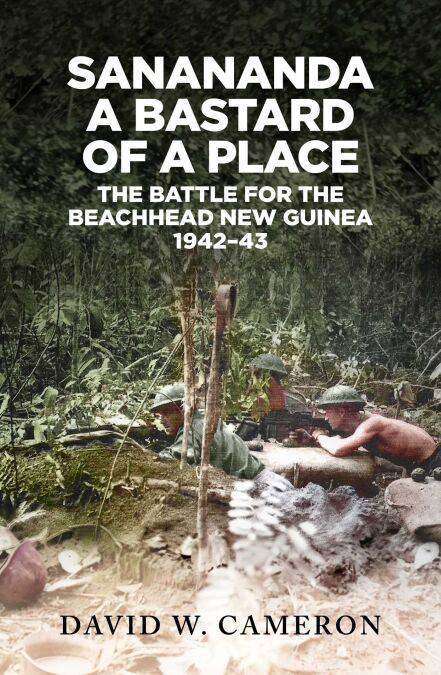
- Retrait gratuit dans votre magasin Club
- 7.000.000 titres dans notre catalogue
- Payer en toute sécurité
- Toujours un magasin près de chez vous
- Retrait gratuit dans votre magasin Club
- 7.000.0000 titres dans notre catalogue
- Payer en toute sécurité
- Toujours un magasin près de chez vous
Sanananda: a Bastard of a Place EBOOK
The Battle for the Beachhead New Guinea 1942-43
David W. Cameron
Ebook | Anglais
20,12 €
+ 20 points
Description
With the Australian troops crossing of the Kumusi River in mid-November 1942, after pushing the Japanese back along the Kokoda Track to the north coast of Papua New Guinea, the time had come to face the entrenched Japanese at their beachhead at Gona, Buna and Sanananda.
The end of the Kokoda Campaign in mid-November 1942 marked a turning point for the Australians, but the fighting was far from over. Within days, the battles for the Japanese beachheads would commence. The fighting for the Japanese beachheads was among the fiercest of the whole Pacific War and the first combined large-scale operation between Australian and American troops against the Japanese.
By the 3rd January 1943 the Japanese beachheads at Gona and Buna were finally in Australian and American hands after almost two months of desperate fighting. One beachhead, however, remained to be taken, the best defended, not only in terms of its deep defence and network of supporting bunkers and slit trenches, but also by its large deep swamps and jungle. Hundreds of men had already been killed - Australian and American - in trying to take Sanananda. It was recognised that this beachhead was the worst of the three battlefields. Isolated pockets of Australians and Americans confronted well dug in and camouflaged positions, often on small 'islands' in the fetid and crocodile infested swamps. It would be another three weeks before Sanananda fell to the Australian and American forces. It was appropriately described by Sergeant Bill Spencer, 2/9th Battalion as: 'A bastard of a place'.
The end of the Kokoda Campaign in mid-November 1942 marked a turning point for the Australians, but the fighting was far from over. Within days, the battles for the Japanese beachheads would commence. The fighting for the Japanese beachheads was among the fiercest of the whole Pacific War and the first combined large-scale operation between Australian and American troops against the Japanese.
By the 3rd January 1943 the Japanese beachheads at Gona and Buna were finally in Australian and American hands after almost two months of desperate fighting. One beachhead, however, remained to be taken, the best defended, not only in terms of its deep defence and network of supporting bunkers and slit trenches, but also by its large deep swamps and jungle. Hundreds of men had already been killed - Australian and American - in trying to take Sanananda. It was recognised that this beachhead was the worst of the three battlefields. Isolated pockets of Australians and Americans confronted well dug in and camouflaged positions, often on small 'islands' in the fetid and crocodile infested swamps. It would be another three weeks before Sanananda fell to the Australian and American forces. It was appropriately described by Sergeant Bill Spencer, 2/9th Battalion as: 'A bastard of a place'.
Spécifications
Parties prenantes
- Auteur(s) :
- Editeur:
Contenu
- Nombre de pages :
- 520
- Langue:
- Anglais
Caractéristiques
- EAN:
- 9781923144767
- Date de parution :
- 03-12-24
- Format:
- Ebook
- Protection digitale:
- Adobe DRM
- Format numérique:
- ePub

Les avis
Nous publions uniquement les avis qui respectent les conditions requises. Consultez nos conditions pour les avis.






